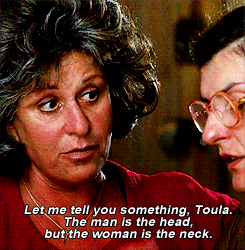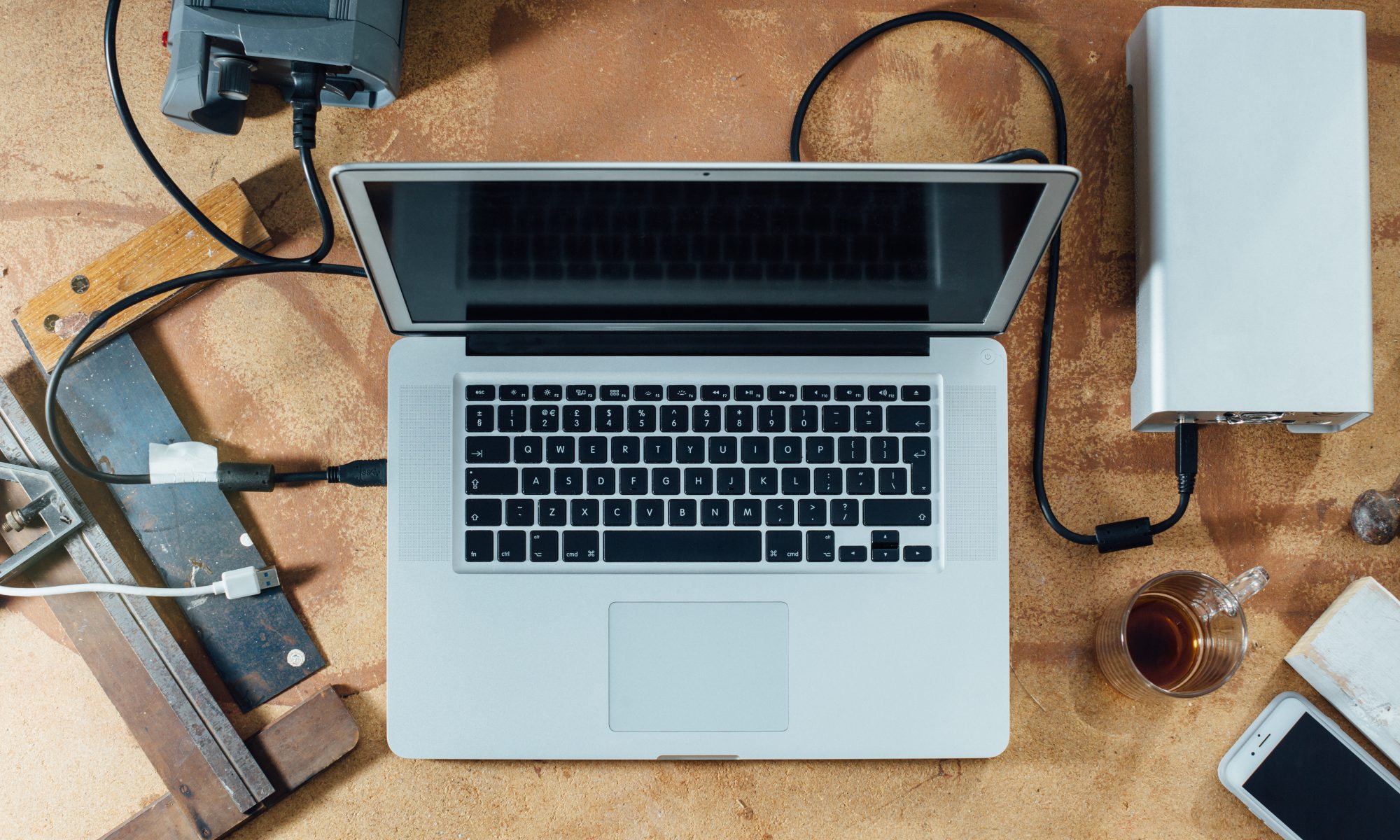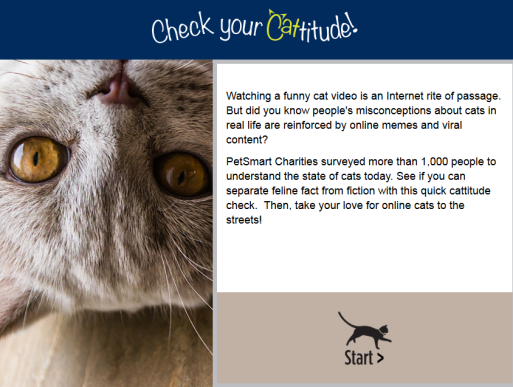I’m a natural saver. So much so that my mom loving calls me [pause] [pause] frugal all the time. The pause pause part is important here.
I’ll tell her I would buy a new car but I’m trying to pay off my student loan first. I would move into a nicer part of town but I’m trying to build up my emergency savings. I would live a struggling writer’s life and eat ramen to get by but I’m trying to have a plentifully funded retirement account.
And every time we have one of these conversations she’ll say, “Jazmine, I love it you just so ___ ___ frugal and you always have been.” Not just frugal, but pause pause frugal. Part of the pauses are always her trying not to say a scrooge, or a grinch. Instead, because of my mom’s unfailing kindness, I turn into pause pause frugal.
I’m here to encourage you to save. But not just because it’s good for you but because I want you to spend. Yes, I want you to spend – but not on all the frivolous stuff that gets built into our lives. Spend on experiences.
It’s true – I’ve always been a bit frugal in my pursuit of saving. In fact, I used to say that I invented crowdfunding because I used to ask classmates for extra quarters if they had them and when I’d collected a couple dollars I would spend that on lunch rather than the money my parents gave me and I’d pocket the difference.
Although technically the inception of modern day crowdfunding began in 1997 through a platform called ArtistShare that allowed a British rock band to fund their reunion tour through online donations from fans, Irish loan funds in the 1700s were the original crowdfund.
Founded by author Jonathan Swift, Irish Loan Funds were basically microfinancing loans given to low-income families in rural Ireland. By the 1800s, more than 300 programs in Ireland gave out small sums of money for short-term loans. In fact, at its peak 1 in 5 Irish families used these crowdfunding programs.
Now Ireland and I have something else in common – other than inventing crowdfunding and loving a potato based diet that without it famine might ensue. A 2011 study found that Ireland, despite being hit hard by the recession, was No. 1 in personal savings. That’s despite having generally low household wealth and a country with a lot of its own debt. In fact, the study found that the percentage of savings most Irish citizens had: 19.3%.
Now I was crowdfunding in order to pocket the lunch money I got from my parents. Why? Well, my parents told me that if I saved up for half of a senior choir trip to California that they would pay for the other half.
And I savored every hot dog I ate on Venice Beach and every ride I went on in Disneyland because I not only got to travel with my friends, but I also earned that travel.
That’s what savings does.
It allows you to experience. Research shows that we can really like our material goods. I mean, I got a great deal on this outfit and I love this necklace. But our material goods remain separate from how we identify ourselves. Whereas experiences are integrated into who we are. Even a bad experience can turn into a good story, another fabric in the woven tapestry of our identity.
About two years ago, I decided on three things: 1) finish paying off my student loans sooner rather than later, 2) finally start that emergency fund and 3) travel more … like a lot more.
Now vacations and savings usually don’t go together. But I knew that I wanted to be frugal but only so I could live the life I truly wanted to – and paying down debt at the same time would just accelerate that process.
Plus, a little-known fact: student loan debt is the only kind of debt that can’t be forgiven during bankruptcy. So you will be paying it forever if you let it.
And, a recent CNBC study found that 66 million Americans have no emergency savings. That’s right, 1 in 5 Americans would have to tap a credit card or a family member or friend for an unexpected $500 expense.
So, do I still have my first car, a lovely Saturn SL2 who’s AC is definitely on its last legs? Sure. Am I still saving for a house rather than putting down a down payment? Absolutely.
But I’m in my mid-20s and guess what? I just put in my last student loan payment.
That emergency fund: I just got it up to five digits last month.
Oh, and as for experiences: I’ve had a few. I’ve hiked to a waterfall and mountain lake outside Seattle, eaten fish tacos on the beach in Mexico, walked 15 miles around Boston in one day, touched the Atlantic ocean for the first time, fallen in love with the mural mile in Philadelphia, found out Minneapolis is actually really cool and gone to both the nation’s capital and one of the fashion capitals of the world – twice.
I don’t think of savings as something that takes away from my quality of life now. I think of it as something that gives me a quality life forever.
So don’t save to save. Save to spend. And don’t worry – if you need to feel better about being pause pause frugal, just call my mom. She’ll make you feel a lot better about it, trust me.


